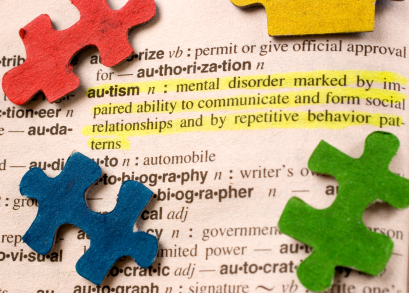
Kamila and Henry Markram say Autism Results from a Supercharged Brain
To a child with autism the world is an intense place. Strangers unnerve. Surprises unsettle. To cope, the autistic child creates his own internal world. It’s placid, secure, and void of extremes.
Though autism is one of the most common childhood developmental disorders in existence, affecting an estimated one in 110 children, we know little about how it works. Most theories suggest a deficiency in the brain caused by some combination of genetics and environmental factors. But Drs. Kamila and Henry Markram of the Ecole Polytechnique Fédérale in Lausanne say it’s not a deficient brain that makes autistic people socially inept, linguistically challenged, and prone to obsession. It’s actually the opposite. The brains of autistic people are so supercharged, they say, that their life experiences overwhelm them.
In their paper “The Intense World Theory — a unifying theory of the neurobiology of autism” (Frontiers in Neuroscience, 2010), the Markrams explain how overly strong reactions make the autistic brain excessively selective. This phenomenon, they say, becomes more extreme with each experience until the autistic eventually disassociates him or herself from “a painfully intense world.”
The Markrams studied the valproic acid rat, an animal model of autism. Their analysis of the rats’ neocortex and amygdala revealed hyper-reactivity and hyper-plasticity of the neural microcircuits in these areas of the brain — an unusual physiology that results in hyper-perception, hyper-attention, hyper-memory and hyper-emotionality.
“Basically, our theory really says that most autistic people or people with Asperger’s are savants,” Kamila Markram told New Scientist. “But this is buried under social withdrawal and fear of new environments. Their resistance to interaction and fear may obscure the hypercapability that they have. It may well turn out that successful treatments could expose truly capable and highly gifted individuals.”
Read “The Intense World Theory — a unifying theory of the neurobiology of autism” at Frontiers in Human Neuroscience.
April is Autism Awareness Month. Learn more about autism and find out how you can help at autism-society.org.
{Markram K and Markram H (2010) The Intense World Theory – a unifying theory of the neurobiology of autism. Front. Hum. Neurosci. 4:224. doi: 10.3389/fnhum.2010.00224}



